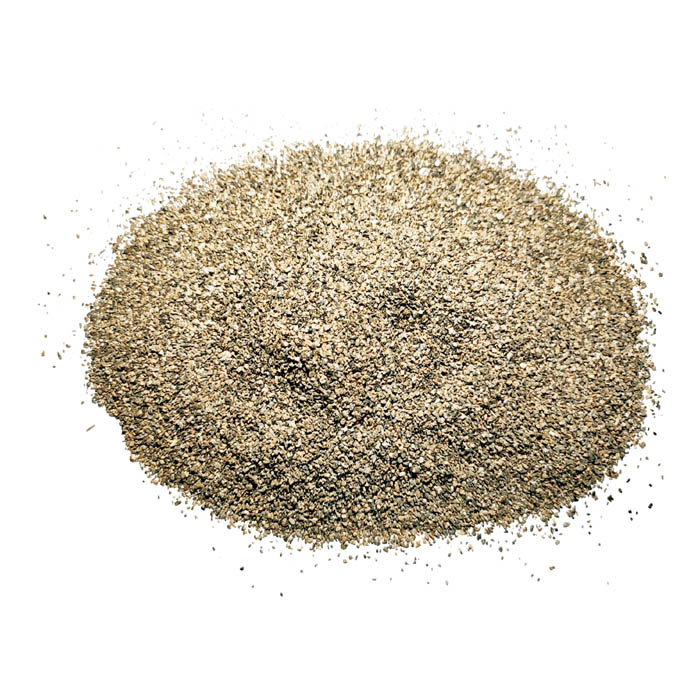Nov . 24, 2024 23:07 Back to list
Choosing Between High-Quality Perlite and Vermiculite for Your Gardening Needs
The Benefits of High-Quality Perlite and Vermiculite in Gardening
When it comes to gardening and horticulture, the choices of soil amendments can greatly influence plant health and growth. Two of the most popular and effective soil additives are perlite and vermiculite. Both materials have unique properties that enhance soil structure, improve aeration, and promote water retention, making them essential for successful gardening. In this article, we will explore the benefits of high-quality perlite and vermiculite, their differences, and how to use them effectively.
What is Perlite?
Perlite is an inert volcanic glass that, when heated, expands into small white granules. This lightweight material is known for its excellent drainage properties. It creates air pockets within the soil, improving aeration and preventing compaction. High-quality perlite offers a consistent particle size that allows for better mixing with soil and other amendments.
One of the key benefits of perlite is its ability to facilitate root growth. With improved aeration, plant roots can access oxygen more easily, which is crucial for their overall health. In addition to aeration, perlite helps to prevent overwatering by enhancing drainage. This is particularly important for plants that are sensitive to waterlogged conditions, such as succulents and certain herbs.
What is Vermiculite?
Vermiculite, on the other hand, is a naturally occurring mineral that expands when heated. The result is a lightweight, sponge-like material that retains moisture and nutrients effectively. High-quality vermiculite is often used for its remarkable water-holding capacity, making it a valuable addition to potting mixes and seed starting mediums.
high quality perlite or vermiculite

One of the standout features of vermiculite is its cation exchange capacity, which allows it to hold essential nutrients and release them slowly to the plants. This property makes it particularly beneficial for seed germination and young plants that require a consistent supply of moisture and nutrients.
Comparison and Uses
While both perlite and vermiculite serve important roles in gardening, they are ultimately tailored to different needs. Perlite is ideal for plants that thrive in well-draining conditions, such as cacti and succulents. It acts primarily as an aeration agent, ensuring that excess water drains away quickly.
Conversely, vermiculite is better suited for seeds and young plants, where moisture retention is critical. By incorporating vermiculite into the soil mix, gardeners can prevent the delicate roots from drying out while providing essential nutrients.
For optimal results, many gardeners choose to use a combination of both materials. A typical potting mix may consist of equal parts potting soil, perlite, and vermiculite. This mixture ensures that the plants receive the best of both worlds – sufficient drainage and moisture retention.
Conclusion
High-quality perlite and vermiculite are invaluable resources for gardeners looking to improve soil structure and plant health. While perlite enhances aeration and drainage, vermiculite retains moisture and nutrients. Depending on the specific needs of your plants, incorporating these materials into your gardening routine can lead to more robust and thriving growth. Whether you’re starting seeds indoors, potting up flowers, or creating a well-draining mix for succulents, using the right ratio of perlite and vermiculite can make all the difference. By understanding the distinct characteristics of these materials, gardeners can provide their plants with the ideal growing conditions they need to flourish.
-
Eco-Friendly Granule Covering Agent | Dust & Caking Control
NewsAug.06,2025
-
Fe-C Composite Pellets for BOF: High-Efficiency & Cost-Saving
NewsAug.05,2025
-
Premium Tundish Covering Agents Exporters | High Purity
NewsAug.04,2025
-
Fe-C Composite Pellets for BOF | Efficient & Economical
NewsAug.03,2025
-
Top Tundish Covering Agent Exporters | Premium Quality Solutions
NewsAug.02,2025
-
First Bauxite Exporters | AI-Optimized Supply
NewsAug.01,2025
